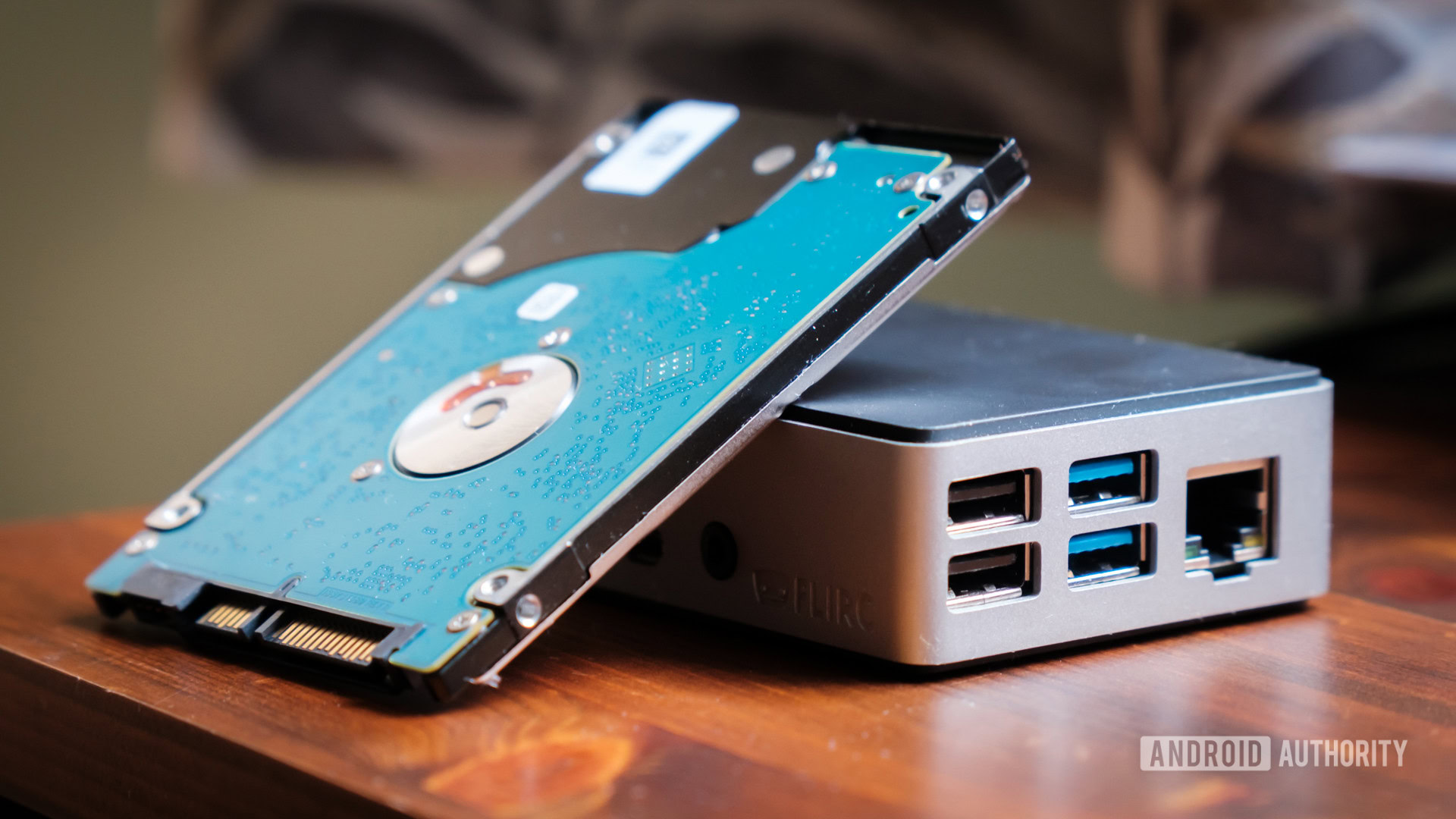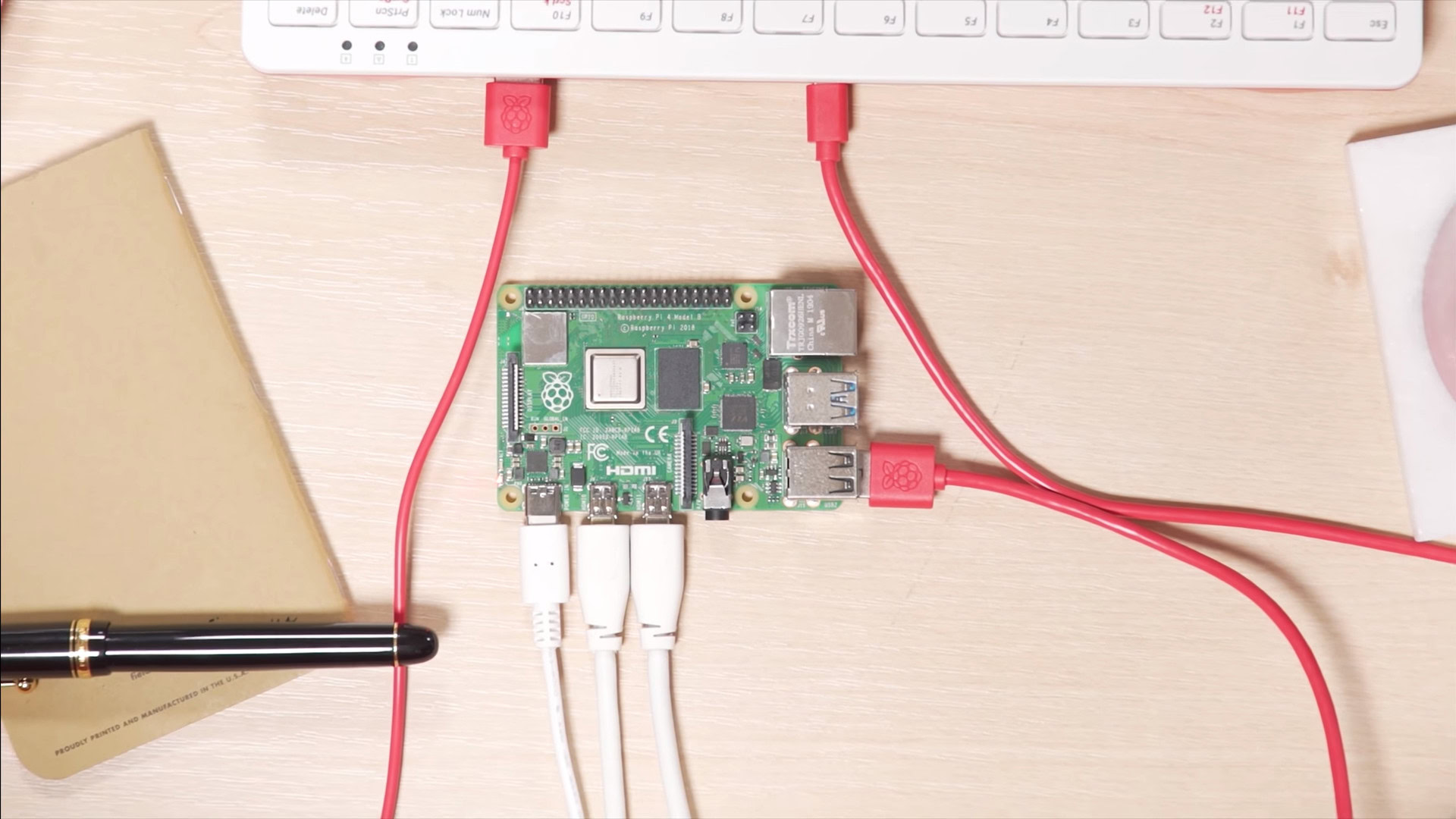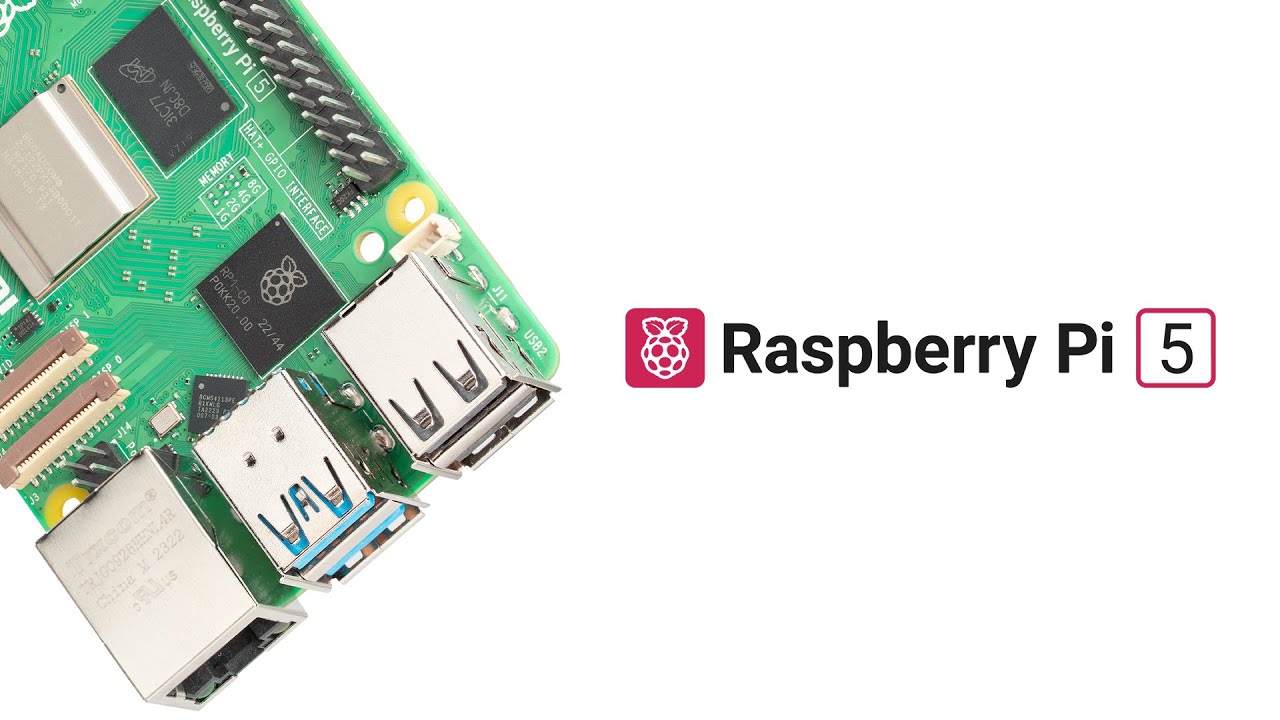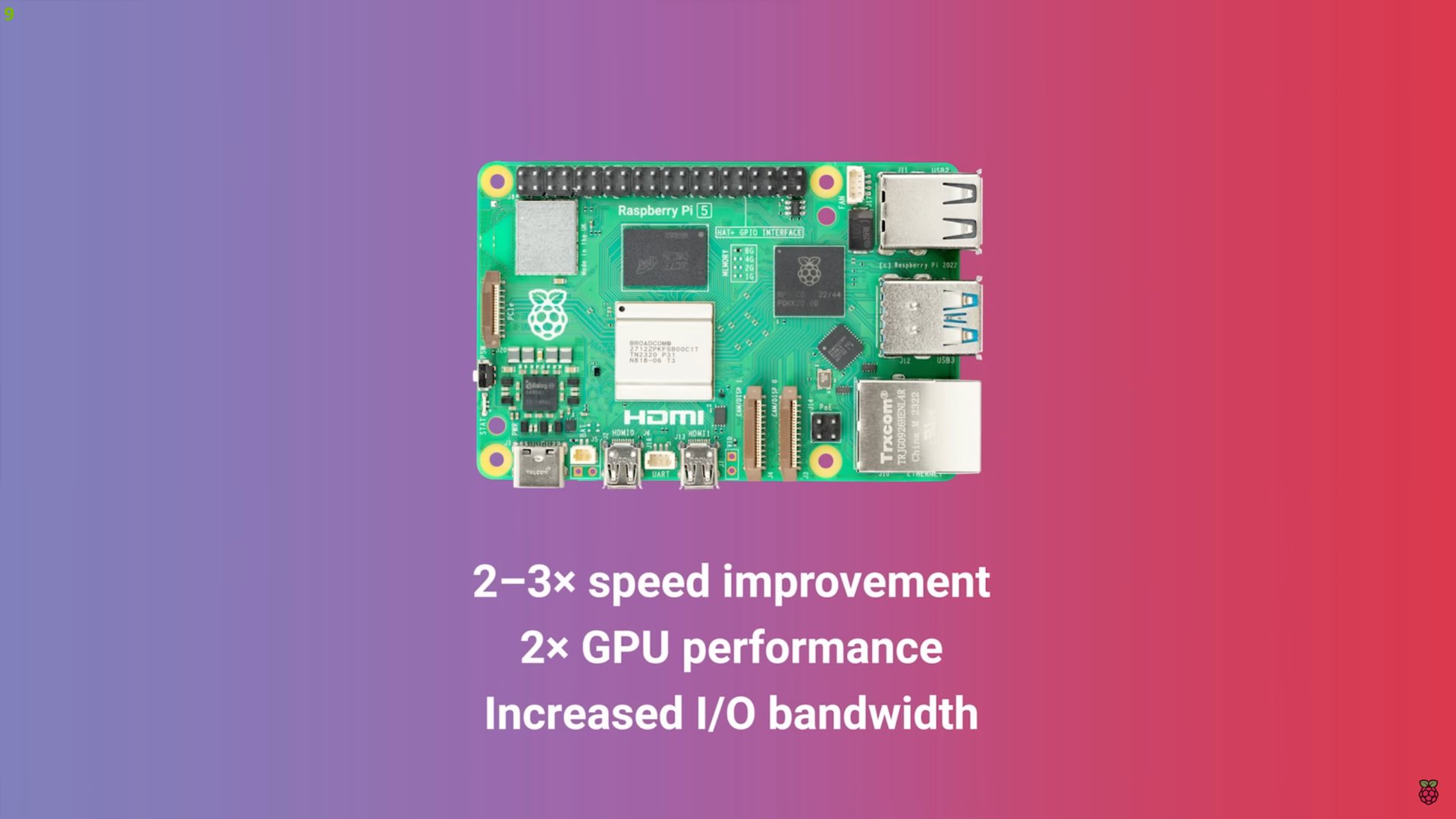Affiliate links on Android Authority may earn us a commission. Learn more.
The Raspberry Pi 5 is here: Who is it for and is it worth buying?
Published onOctober 2, 2023
For over a decade, the Raspberry Pi has reigned supreme as everyone’s favorite single-board computer. The Pi is best known for its credit card-sized form factor, affordable price tag, and low power consumption. And now, four years after the last major update, the Raspberry Pi 5 has finally landed. The new Pi features upgraded hardware nearly across the board as well as some smaller quality of life improvements.
However, the Raspberry Pi 5 also represents one of the most controversial launches in the series’ history, with some loyal users even denouncing it in favor of other computers. So in this article, let’s take a closer look at the Raspberry Pi 5, its key upgrades, and whether it’s worth buying or upgrading to.
Raspberry Pi 5: Features and release date
The world of tech has come a long way since the Pi 4’s release in 2019, so you might expect the Raspberry Pi 5 to pack some major improvements. Luckily enough, it brings big upgrades in the processing power and connectivity departments.
For example, the Pi 5 will let you connect high-bandwidth PCI Express accessories like network cards, external storage, and even graphics cards. That said, the connector is only linked via one PCIe 2.0 lane, which translates to transfer speeds of around 4 Gbps. You’ll also have to buy and attach an add-on board to the Pi 5 to connect any external PCIe devices. Those caveats are a bit hard to digest given the Pi 5’s higher price tag, but more on that later.
The Raspberry Pi 5 is at least twice as fast as its predecessor.
Moving back to the Raspberry Pi 5’s onboard capabilities, it boasts a new SoC with significantly faster CPU and GPU speeds compared to its predecessor. The BCM2712 chip is essentially a quad-core chip with Arm Cortex-A76 cores. That’s three generations ahead of the Cortex-A72 cores found in the Pi 4. The clock speed has also gone up 600MHz between the two generations. In the real world, the Pi Foundation says we can expect a two to three-times performance uplift.
The increased performance extends to the GPU as well, which can now drive two 4K displays at 60Hz. The last-gen Pi 4 would often struggle to drive a single 4K 60Hz display, even though it was capable on paper. The Raspberry Pi 5 also features several smaller improvements like the inclusion of a power button, a faster SD card slot, and higher bandwidth USB 3 ports.
As for the release date, you can pick up a Raspberry Pi 5 as early as Q4 2023. While the last-gen Pi was quite hard to find, especially during the COVID lockdowns, this new board should be much more readily available.
Should you buy the Raspberry Pi 5?

The Raspberry Pi 5 won’t replace its predecessor on store shelves, which is important because you can only buy it with either 4GB or 8GB of RAM. Other memory variants for the Pi 5 may arrive at a later point. But if you’re looking for the absolute cheapest entry point, the Pi 4 is still the better choice at $35.
So with that dichotomy in mind, should you buy the Raspberry Pi 5 or even consider upgrading from an older model? It’ll depend on your needs, but here are some use cases that will benefit the most from the upgraded hardware:
- Gaming and emulation: Older Raspberry Pi models could already emulate a number of older consoles like the Nintendo DS, Dreamcast, and even Sony’s PSP. The improved graphical capability of the Pi 5 means that we can now dial up the resolution and get better performance from demanding emulators and games.
- Home Theater PC (HTPC): The Raspberry Pi provides a great platform to run an HTPC-focused Linux distribution like LibreELEC. The Pi 5 includes support for decoding 4K videos encoded in the efficient H265 codec, making it even better for this use case.
- Self-hosting: From Home Assistant to blocking ads on your network, a Raspberry Pi can host several apps at once. The increased CPU performance will come in handy for power users who install multiple such programs. Personally, I’ve experienced slowdowns in Nextcloud, Home Assistant, and other apps on older Raspberry Pi models.
- Media and file server: With support for 5 Gbps transfer speeds over the two USB 3.0 ports, the Raspberry Pi 5 has enough bandwidth to serve as a cheap DIY NAS or file server. That said, it’s a bit disappointing that the Pi 5 doesn’t come with 2.5 Gbps Ethernet.
Raspberry Pi 5: Price and Alternatives

The Raspberry Pi 5 starts at $60, which is a fair bit higher than previous iterations of the single-board computer. However, that starting price nets you 4GB of RAM. The older Raspberry Pi 4 with as much memory came in at $55, so we’re only looking at a $5 increase.
That said, many enthusiasts are unhappy with the lack of 1GB and 2GB RAM variants. After all, many lighter use cases do not take advantage of the Pi 5’s generous RAM allowance. And the $60 price tag is a steep ask if you solely care about the faster processing on the Pi 5 versus its predecessor. The latest board also draws more power, with the manual calling for a 5V 5A power supply. That tarnishes some of the new Pi’s appeal for those who need a cheap and low-power board.
The Pi 5 draws more power and starts at a higher price than previous entries in the series.
The Pi 5 has also launched in a highly competitive market. You can find many other single-board computers on Amazon today, some for as little as $30. That’s perhaps why the Raspberry Pi 4 will co-exist and keep its $35 starting price.
With a slightly higher budget, meanwhile, you can find more capable options. The Orange Pi 5 Plus, for example, includes four Cortex-A55 efficiency cores (in addition to 4x A76 cores), two 2.5 Gbps Ethernet ports, full-sized HDMI ports, an on-board M.2 slot, and a full-sized NVMe slot for SSDs. The Orange Pi 5 family delivers all of those specs while still staying around the $90 to $100 price point.
Other alternatives exist too. You may be able to find used mini PCs that vastly outperform the Raspberry Pi 5 for the same price, if not slightly cheaper. In the US, for instance, eBay has several listings for Intel NUC units and Lenovo or HP-branded thin clients. These are far more upgradeable computers and aren’t much larger than a Raspberry Pi.
That said, the Raspberry Pi 5 will undoubtedly sell in large numbers despite its higher entry cost. Its robust software ecosystem, vibrant maker community, and recognizable branding still make it an excellent first step into the world of tinkering.

